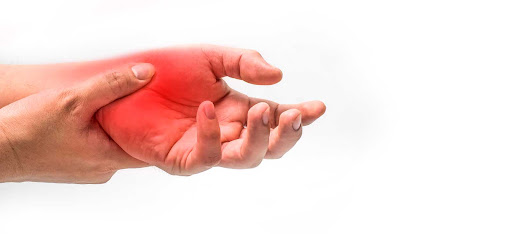AUTOIMMUNE DISEASES
Autoimmune Diseases
Autoimmune diseases are conditions in which the patient’s immune system generates cellular and antibody responses to substances and tissues normally present in the body. This might be restricted to one organ or involve a particular tissue in different places. As a result of this immune response, damage to different organs occurs. Examples of autoimmune diseases that have responded to stem cell therapy either in animals or humans include rheumatoid arthritis, multiple sclerosis, and lupus.
Autoimmune diseases occur when the immune system attacks normal tissues of the body.
In an autoimmune disease, the immune system perceives the body’s various tissues and organs, such as joints and skin, as foreign. For example, type 1 diabetes, which is an autoimmune disease, attacks pancreatic cells and rheumatoid arthritis joints.
With stem cell therapy, the progression of autoimmune diseases can be slowed down and regressed, and even stopped completely. The success rate of the treatment is proportional to the patient’s age, the duration of the disease and the patient’s condition.
The treatment of the patient is decided according to the condition of the patient. It can be performed in 3 sessions 45 days apart or in 3 consecutive days. They are administered intravenously (by vascular access).
The treatment protocol is precisely adjusted according to the patient’s condition and a different protocol may be applied for each patient.
The success rate of the treatment is proportional to the patient’s age and the duration of the disease. If the disease has severely progressed, stem cell therapy may need to be repeated more than once. 85% success was achieved in the regression, cessation or complete treatment of the disease. However, 50% of the patients had to repeat the treatment within one year.

